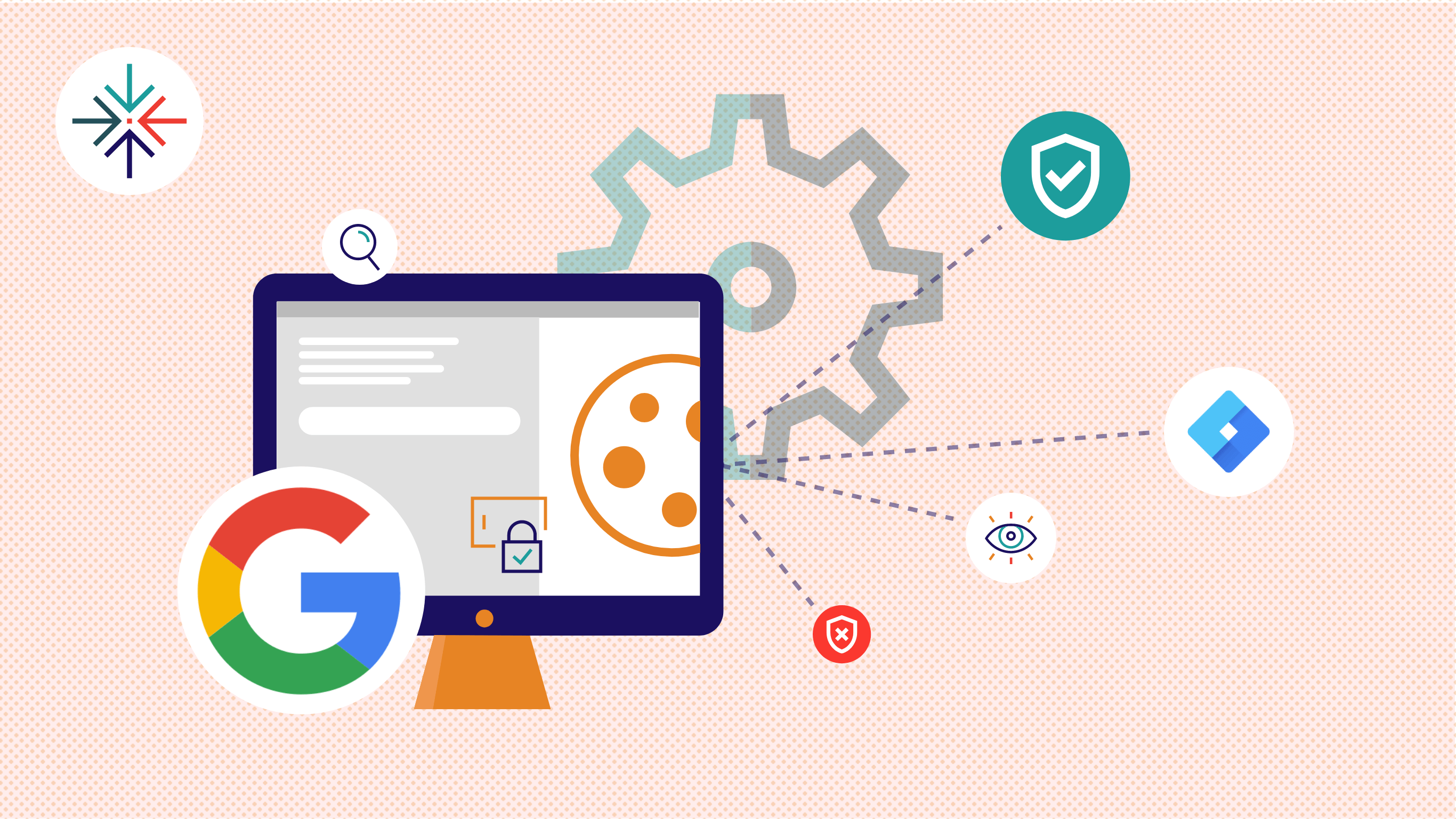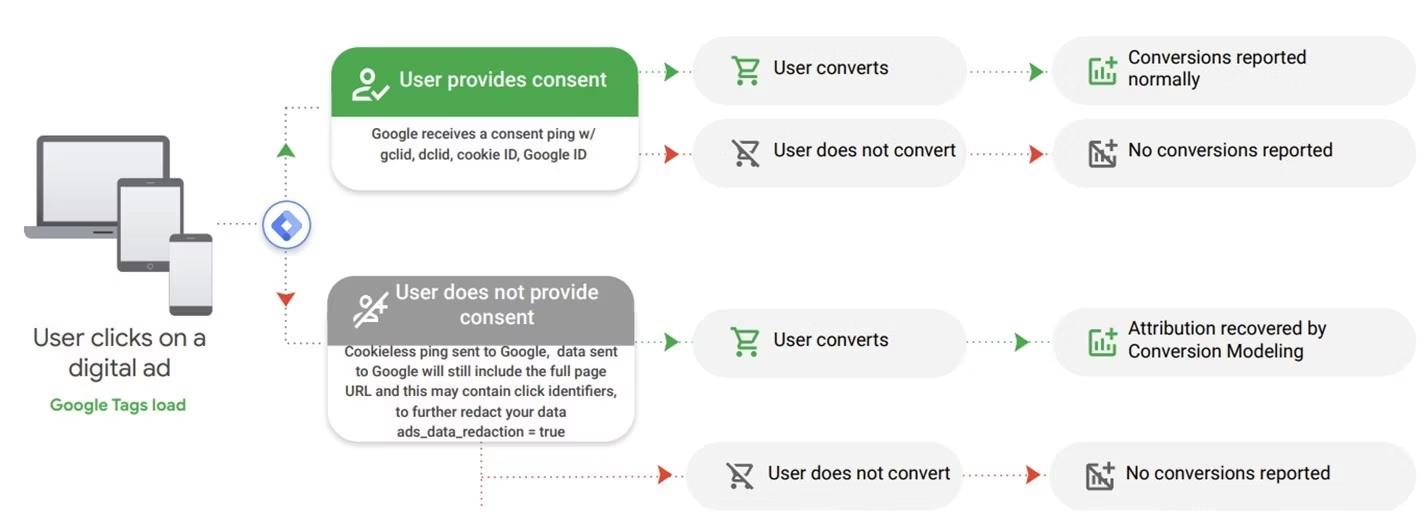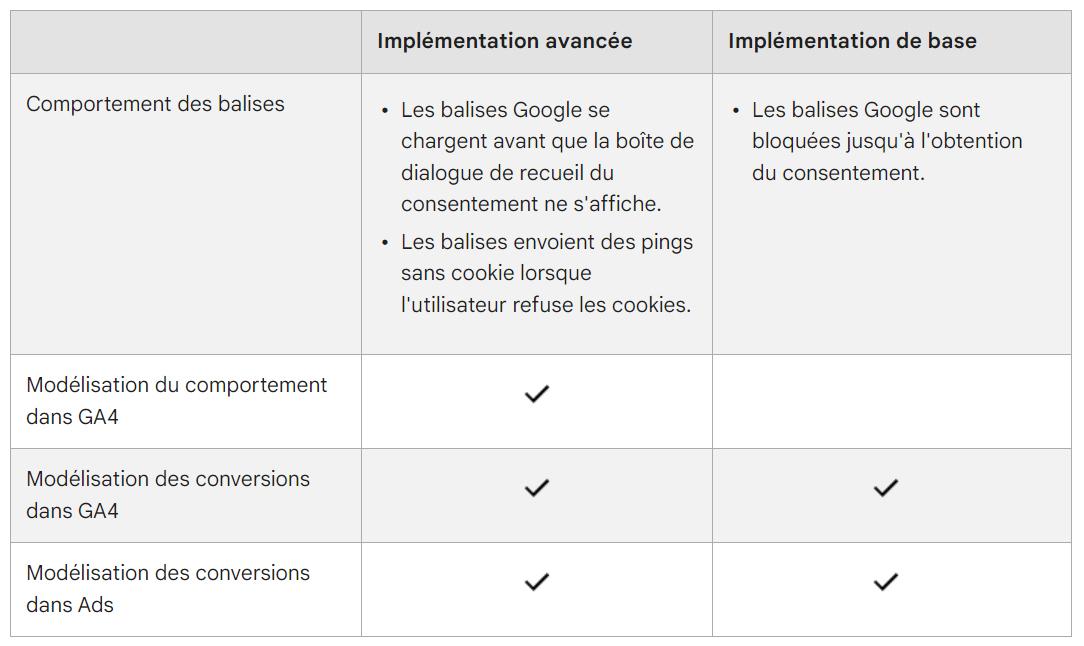Google Consent Mode (v1 and v2): What is it and why is it important?

Consent management has become a crucial aspect of digital marketing for brands and organizations, especially with the advent of the Digital Market Act (DMA) in Europe.
Under the General Data Protection Regulation (GDPR) of the European Union, website owners or business operators are responsible for how they collect and process users' personal data. However, the DMA shifts these responsibilities to major technology companies, tasked by the European Commission to promote fair competition and protect users' privacy. These organizations are thus subject to the Digital Market Act and must obtain explicit consent for the collection and use of personal data from European citizens for operations such as advertising or research.
Non-compliance with the obligations of the Digital Market Act can result in significant fines, amounting to up to 10% of the company's global annual revenue. This figure can rise to 20% in the case of repeated violations. This is where Google Consent Mode v2 becomes particularly useful in avoiding such situations. Discover how this mode helps simplify the management of visitor consents on your website.
Currently, these legal regulations apply only to the regions of the European Economic Area (EEA) and the United Kingdom. However, it is essential to closely monitor Quebec guidelines on the subject, especially in relation to Law 25 , which may adopt similar restrictions.
What's Google Consent Mode?
Google Consent Mode is a mechanism used in Google Analytics 4 (GA4) that enables businesses to transmit consent signals from their cookie consent banner to ensure user choices are respected. This consent mode essentially allows you to determine whether visitors to your website have agreed or declined to share their personal data for advertising, measurement, and personalization purposes.
When a user gives consent, Google can use this mechanism to obtain detailed analytics and information. Conversely, if the user does not give consent, Google will restrict the use of cookies and identifiers to comply with their preference.
Google Consent Mode v1 or Google Consent Mode v2: What's the difference?
In its beta version (v1), Google Consent Mode collected consented data based on two parameters:
- ad_storage: This signal is specifically for marketing targeting cookies and their storage or non-storage on the server.
- analytics_storage: This signal activates or deactivates the storage of cookies related to analytics, statistics, and performance (duration of visits, number of visitors, number of page views, etc.).
Version 2 goes further by controlling the use of this data in Google's advertising products through two new consent signals dedicated to audience creation and remarketing:
- ad_user_data: This signal pertains to permissions to send and share user data with Google for advertising and remarketing purposes using cross-site identifiers.
- ad_personalization: This signal concerns consent to personalize ads based on user data (a crucial feature for fueling your audience lists!).
If these two new parameters are not granted by the user, Google will not be able to create specific audiences and deliver personalized ads in the European Economic Area (EEA) region.

Advantages of Google Consent Mode
The primary advantage of Google Consent Mode is its use of artificial intelligence to fill gaps in data collection through modeled conversions and behaviorial modeling . This mechanism is also capable of dynamically adapting reporting on behavior data from Google Analytics, Google Ads, and third-party tags based on user permissions.
When an individual refuses to give consent, tags send anonymized data (cookieless pings) to Google without writing or reading the relevant cookies.

These cookieless pings may include the following elements:
- IP address to deduce the user's country (information not retained by Google);
- Timestamp to add a temporal dimension;
- User agent to deduce the type of browser and device used by the visitor;
- URL of the active page;
- Referrer of the active page;
- A randomly generated number at each page load (as client_id/cid);
- Boolean information about the consent status.
Using all these data points (anonymized or not) and machine learning algorithms, Google can model the behavior of individuals who reject cookies, as well as potential "lost" conversions, based on similar users who have accepted cookies.
This modeling allows Google to generate more accurate reports, better optimize your advertising campaigns, and fill in missing data due to the non-consent of some of your users.
Disadvantages of Google Consent Mode
Despite its undeniable advantages in managing user consents, Google Consent Mode also has some drawbacks:
- If your website generates low traffic, the modeling algorithms of Consent Mode may lack precision, affecting the reliability of your reports and the performance of your advertisements on the Google products you use.
- There is currently a lack of extensive documentation from Google to help users properly use Consent Mode, which can pose challenges in understanding and implementing it effectively.
- The application of artificial intelligence and machine learning creates a "black box" effect, making it challenging to understand the actual functioning of the system.
Basic Implementation vs. Advanced Implementation: Which one to choose for Google Consent Mode?
Basic implementation blocks Google tags until user consent is given. In case of consent, an additional consent signal is sent to GA4 when data is collected. This mode ensures that tags do not send anonymized data via cookieless pings to Google servers, avoiding legal issues. However, it limits the optimal benefits of modeling available with advanced implementation.
Conversion modeling is possible with basic implementation but is less precise than with advanced implementation. To use modeling with basic implementation, you need to reach a threshold of 700 ad clicks over a 7-day period, per country and domain group.
With the advanced implementation of Google Consent Mode, tags send anonymized data via cookie-less pings to Google servers, even if the visitor has not yet interacted with the site's consent banner. This is a less strict data collection mode than basic implementation, despite certain restrictions:
- Tags cannot read or write cookies on the user's browser;
- Google does not have access to user data;
- Google cannot use personalized ads to target the user.
It is recommended to conduct a risk and privacy impact assessment within your company to determine if you can use the advanced implementation, as this consent mode may raise privacy concerns, especially regarding the European Union's "Privacy and Electronic Communications" (ePrivacy) directive . These concerns should also be verified for compliance with Law 25 and recent directives issued in Quebec.
Regardless of the implementation mode used, Google tags adjust their behavior based on the user's consent status. However, both implementation modes may raise ethical concerns regarding tracking users who do not consent to being tracked and who may not distinguish between different types of collected data.

Image in french only
Why Use Google Consent Mode Signals in 2024?
The use of Google Consent Mode v2 will become mandatory in the markets of the European Economic Area (EEA) and the United Kingdom from March 6, 2024*. Beyond this deadline, no data on new users from the EEA will be captured by your advertising platforms if you have not implemented the v2 consent mode. This can significantly impact your audience lists, personalized ads, performance reports, and remarketing efforts.
Companies aiming to use Google's advertising products in the European territory have a strong interest in implementing Consent Mode v2 to accurately track conversions and efficiently optimize their spending. However, there is a high likelihood that Canada will follow suit by making the deployment of Google Consent Mode in basic mode mandatory in 2024. Are you ready for this possibility?
*Note: Only Google Analytics 4 (GA4) properties connected to a Google advertising product are affected by this new deployment rule.
